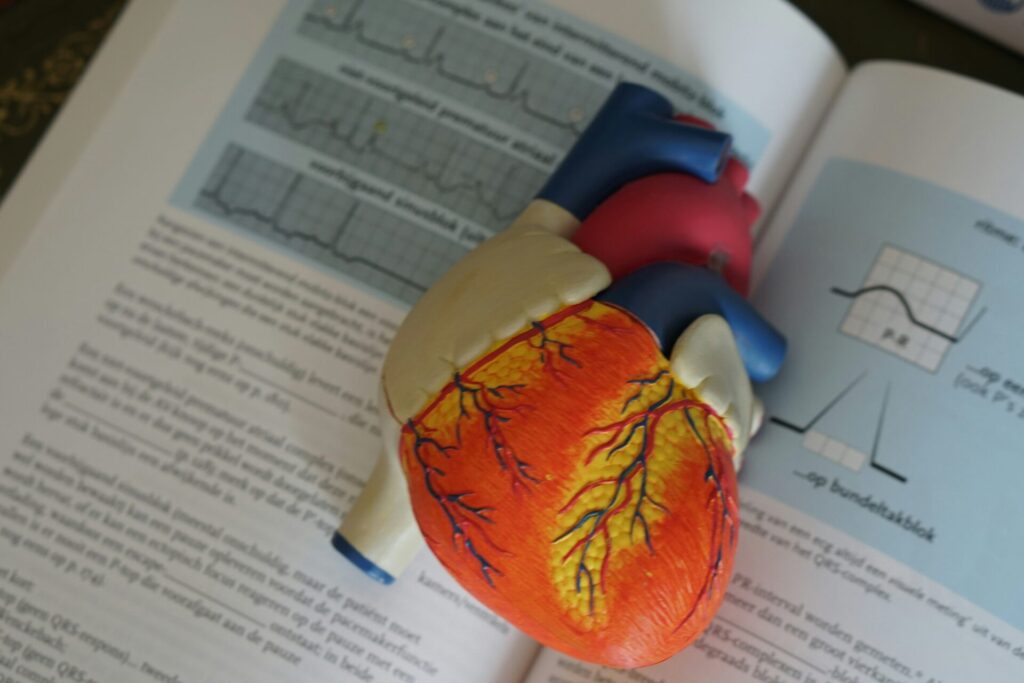The General Certificate of Secondary Education, or GCSE, is a vital component of the UK educational system. For students aged 14 to 16, GCSEs form the foundation of academic progression, determining pathways into further education or direct career opportunities. Offered across England, Wales, and Northern Ireland, the GCSE grading system is essential for assessing students’ mastery across a range of subjects.
Over the years, the grading system has evolved to better reflect students’ skills and knowledge, meaning that a student’s GCSE grades remain a key consideration for educators, employers, and universities alike. Understanding how the GCSE grading system works—including grades, marks, and point conversions—can empower students to maximize their academic potential.
Whether you’re preparing for GCSEs, awaiting results, or simply curious about how it operates, this guide unpacks all aspects of the GCSE grading system, including recent changes, regional variations, and what it means for students today.Over the years, the grading system has evolved to better reflect students’ skills and knowledge, meaning that a student’s GCSE grades remain a key consideration for educators, employers, and universities alike. Understanding how the GCSE grading system works—including grades, marks, and point conversions—can empower students to maximize their academic potential.
Whether you’re preparing for GCSEs, awaiting results, or simply curious about how it operates, this guide unpacks all aspects of the GCSE grading system, including recent changes, regional variations, and what it means for students today.
What Is the GCSE Grading System?
At its core, the GCSE grading system is a framework for evaluating students’ performance in key subject areas. GCSEs are typically taken in subjects such as Mathematics, English, Science, and Humanities, as well as creative disciplines like Art and Design. Students receive grades that represent their achievements on a standardised scale accepted widely across the UK.
The outcome of these exams is not just a grade. It is also a step toward certifications that confirm a student’s abilities and qualifications. For instance, achieving a strong pass or higher in key subjects like English and Maths is especially significant, as it is often a requirement for higher education institutions and many employers.
Strong GCSE grades, particularly in core subjects like English and Maths, are often prerequisites for A-level courses or equivalent qualifications, which contribute to UCAS points. Additionally, universities may consider GCSE performance as part of their admissions criteria, especially for competitive courses.
Check out our article: What are UCAS points?
You can also get a physical copy of this qualification for your records. Wondering how to get your GCSE certificate? After exams, certificates are typically issued to schools by the exam boards. Students are then required to collect them from their school or institution. The timeline for availability may vary, but certificates often become available a few months after results day. By ensuring you have your GCSE certificates in order, you’re better positioned to pursue future opportunities without delays or complications.
But what exactly do these grades mean? Well, understanding the nuances between new and old systems is essential for students and parents alike.
New GCSE Grades vs. Old Grades
One of the most frequently asked questions is, what is the difference between the old and new GCSE grades? Historically, GCSE grades were assigned using the A to G scale*, with A* being the highest and G being the lowest passing grade. However, starting in 2017, this system was gradually replaced in England by a 9 to 1 scale, with 9 representing the highest level of performance.
Here’s a side-by-side comparison:
- 9 – High A* (exceptional performance)
- 8 – Lower A*/high A
- 7 – Low A
- 6 – High B
- 5 – Low B/high C (considered a “strong pass”)
- 4 – Low C (a “standard grade” pass)
- 3 – Equivalent to a high D
- 2 – Equivalent to an E
- 1 – Equivalent to an F or G
- U – Ungraded
Key Differences Between Old to New GCSE Grading System
The most notable difference introduced by the GCSE grading system is the increased level of differentiation at the top end of the scale. While the old system capped the highest recognition at A*, the 9 to 1 scale introduces grade 9, representing a performance that surpasses the old “top-tier” standard. This shift aims to motivate students to achieve higher standards while offering clearer distinctions between top achievers.
GCSE Marks Explained
GCSE Marks: Converting GCSE Grades to Numbers
Students often wonder, how are GCSE marks converted into grades? Every academic year, grade boundaries are determined based on factors such as exam difficulty and student performance nationwide. These boundaries signify the minimum marks a student needs for a particular grade.
For instance:
- Grade 9 typically requires a student to score within the top 5% or higher of all candidates.
- A grade 5, recognized as a strong pass, generally corresponds to a percentage score upwards of 50%.
What Is a High GCSE Point Score?
Now that you understand what the GCSE grading system is, you can start to set some targets. Students aiming for high GCSE point scores should target grades 7, 8, or 9 across multiple subjects. This not only improves their overall grade profile but also sets a strong foundation for further studies.
What Percentage Is a Grade 9 in the GCSE Grading System?
A grade 9 is often achieved by students scoring upwards of 80–90%, depending on the subject and grade boundaries set by the examining board.
For students seeking precise information about grade boundaries for specific exam boards and subjects, here are some useful resources:
- AQA: Grade Boundaries
- Edexcel (Pearson): Grade Boundaries
- OCR: Grade Boundaries
Understanding this conversion system helps students assess their performance and determine what grades fall within their reach.
Further reading: What GCSEs do I need to become a lawyer?
Join the Immerse Education 2024 Essay Competition
The Immerse Essay Competition is open for 2024! Follow the instructions to write and submit your best essay for a chance to be awarded a 100% scholarship.

Why Were GCSE Grades Changed?
The shift from letter grades to numbers in England reflects efforts by policymakers to update and standardise qualifications, making them more rigorous and internationally comparable. But how has this change impacted the UK as a whole?
GCSE Grades in Wales
It’s important to note that Wales maintained the traditional A to G grading system*. Exam boards in Wales continue to use this scale, reflecting differences in educational standards and reform policies across UK regions.
What Is the GCSE Grading System in Northern Ireland?
Northern Ireland offers a middle-ground approach. While some boards have adopted the 9 to 1 scale, others retain the A* to G system. Though this provides flexibility for institutions in the region, it can create confusion for employers and universities seeking to compare students from various parts of the UK.
Ultimately, the grading reforms aim to increase accountability and consistency within the English education system while giving students meaningful assessments of their knowledge and skills.
What Is Ofqual?
The Office of Qualifications and Examinations Regulation (Ofqual) is the body responsible for maintaining standards in England’s education system. It ensures fairness, reliability, and consistency in how grades are awarded across the country.
Ofqual Levels and Regulated Qualifications
GCSEs fall under Ofqual-regulated qualifications, with grades 1–3 aligning to Level 1 and grades 4–9 representing Level 2 on the Regulated Qualifications Framework (RQF). This classification provides clarity on how GCSEs compare to other qualifications nationally and internationally.
By overseeing exam boards and ensuring compliance with rigorous standards, Ofqual plays a crucial role in upholding the integrity of GCSE results.
Important Dates Students Should Know
When Do GCSEs Start?
GCSE exams usually begin in May and continue through June, allowing time for preparation while ensuring results are processed well before the start of the academic year.
When Do GCSE Results Come Out?
Results are typically released in late August, marking an important milestone in a student’s academic and career planning.
Final Thoughts: The Benefits of Understanding the GCSE Grading System
The modern GCSE grading system offers a clearer, more detailed representation of student performance than its predecessor. By understanding what the GCSE grading system is and how to achieve a high grade, students can unlock the full potential of their qualifications.
While achieving top grades like 9, 8, and 7 may seem daunting, it is achievable with proper planning and dedication. Whether you’re preparing for GCSE exams, awaiting results, or seeking to understand past outcomes, every grade you achieve contributes meaningfully to your learning and career path. Use this knowledge to set goals, work hard, and navigate the road ahead confidently.
To use your summer to get ahead, check out Immerse Education’s Academic Insights programmes.

















